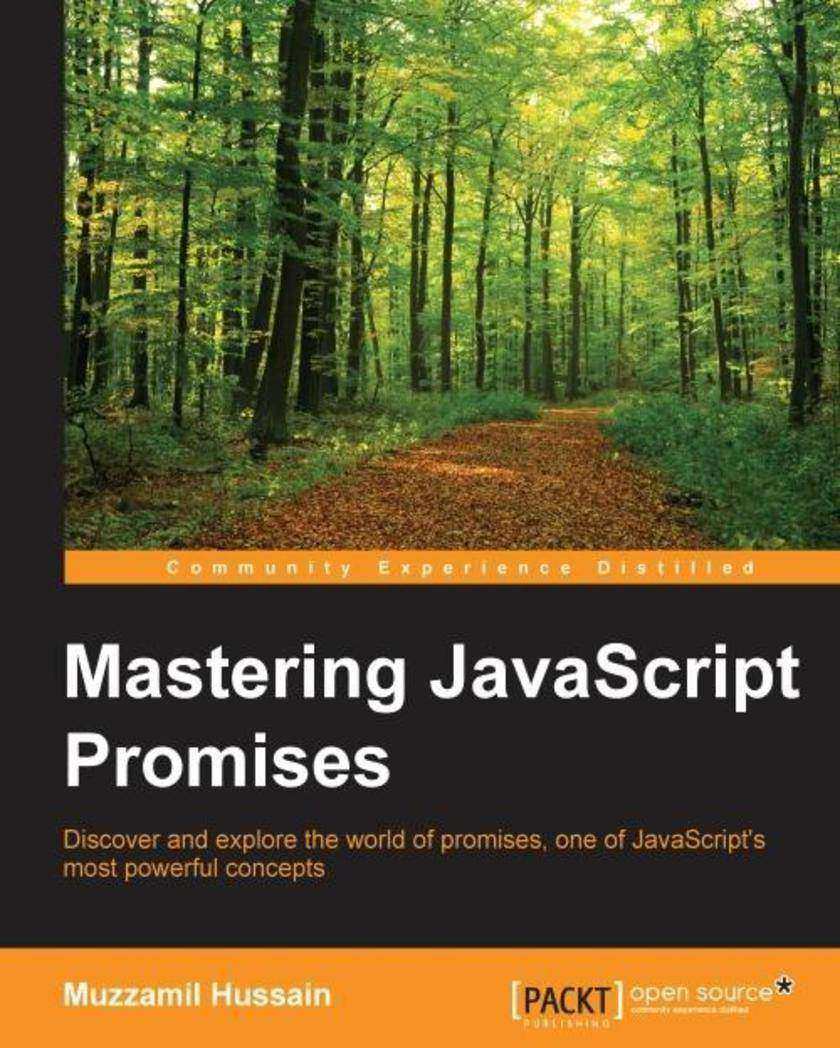
Mastering JavaScript Promises
¥90.46
This book is for all the software and web engineers wanting to apply the promises paradigm to their next project and get the best outcome from it. This book also acts as a reference for the engineers who are already using promises in their projects and want to improve their current knowledge to reach the next level. To get the most benefit from this book, you should know basic programming concepts, have a familiarity with JavaScript, and a good understanding of HTML.

XNA 4 3D Game Development by Example: Beginner's Guide
¥90.46
This book is a step-by-step tutorial that includes complete source code for all of the games covered. It adopts an engaging style to teach all the game development concepts. Each block of code is explained, and game development concepts are diagrammed and covered in detail. Each game begins with a concept de*ion and concludes with suggestions for expanding on the finished game. This book is intended for readers who want to create 3D games using the XNA Framework. Basic knowledge of the C# programming language and 2D XNA concepts are helpful, but not required.
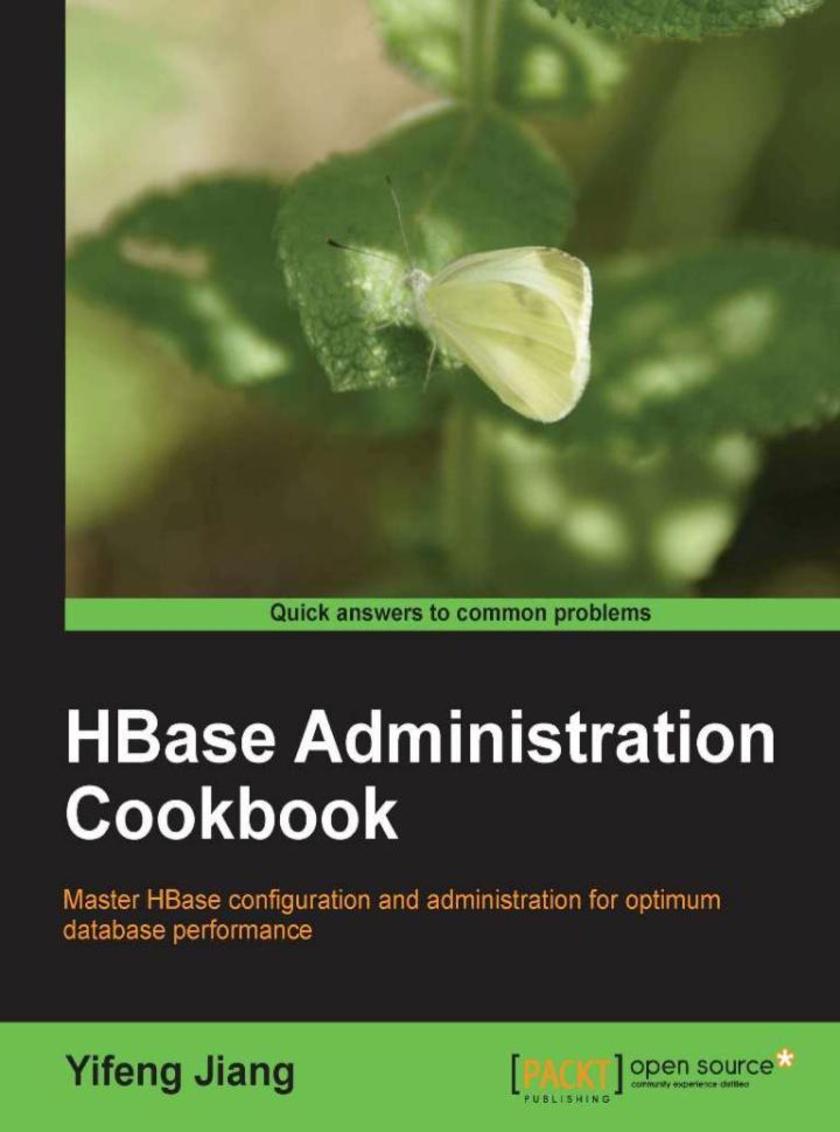
HBase Administration Cookbook
¥90.46
As part of Packt’s cookbook series, each recipe offers a practical, step-by-step solution to common problems found in HBase administration. This book is for HBase administrators, developers, and will even help Hadoop administrators. You are not required to have HBase experience, but are expected to have a basic understanding of Hadoop and MapReduce.
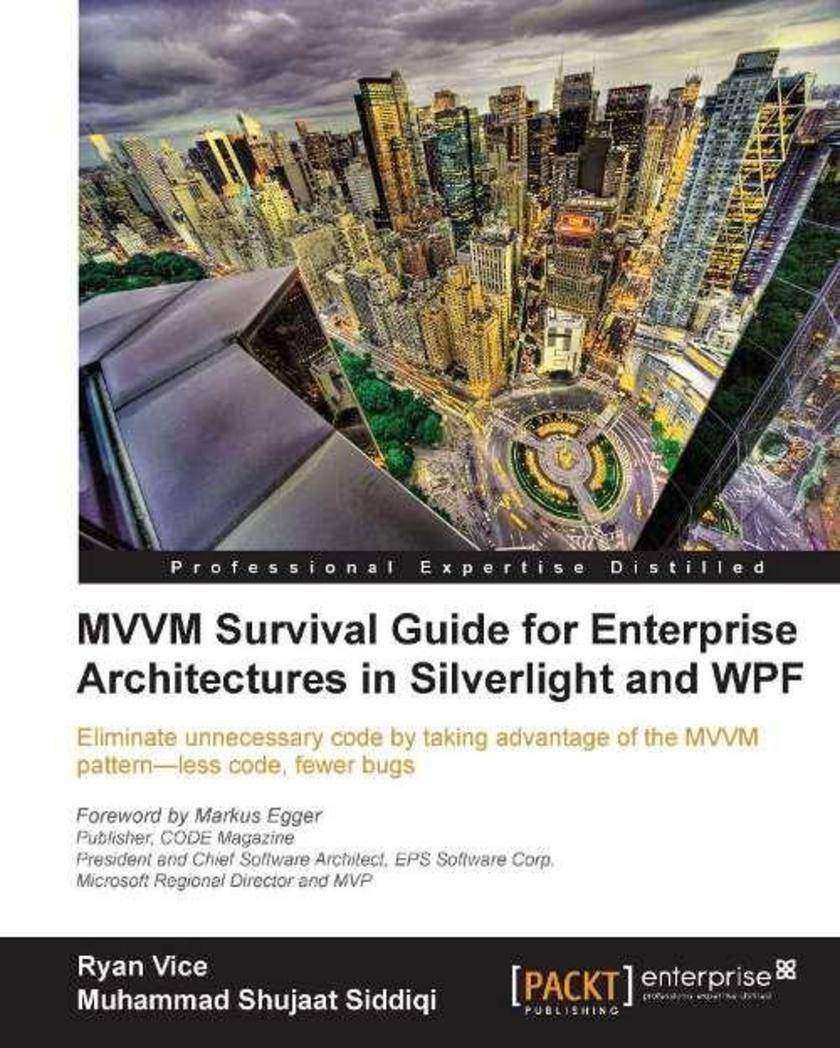
MVVM Survival Guide for Enterprise Architectures in Silverlight and WPF
¥90.46
This book combines practical, real-world examples with all the background material and theory you need The concepts are explained with a practical LOB enterprise application that is gradually built through the course of this book. MVVM offers lots of design choices and the author shows examples of each of these approaches, by changing the code to achieve the same results. This book will be a valuable resource for Silverlight and WPF developers who want to fully maximize the tools with recommended best practices for enterprise development. This is an advanced book and you will need to be familiar with C#, the .Net framework, and Silverlight or WPF.
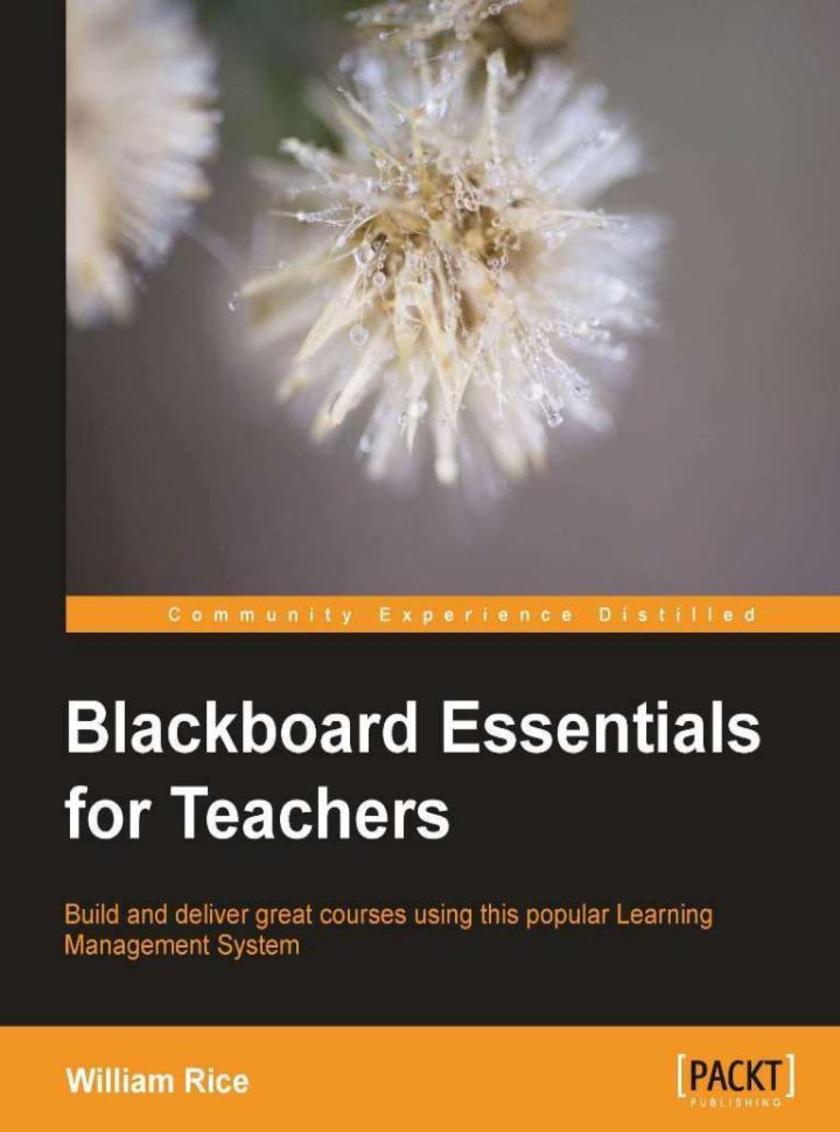
Blackboard Essentials for Teachers
¥90.46
This book develops a sample site with lots of step-by-step instructions and screenshots to get you up and running in no time at all. If you are a teacher or course builder, you need only basic computer skills to get the most from this book. You don’t need any background in online teaching or building Web pages.
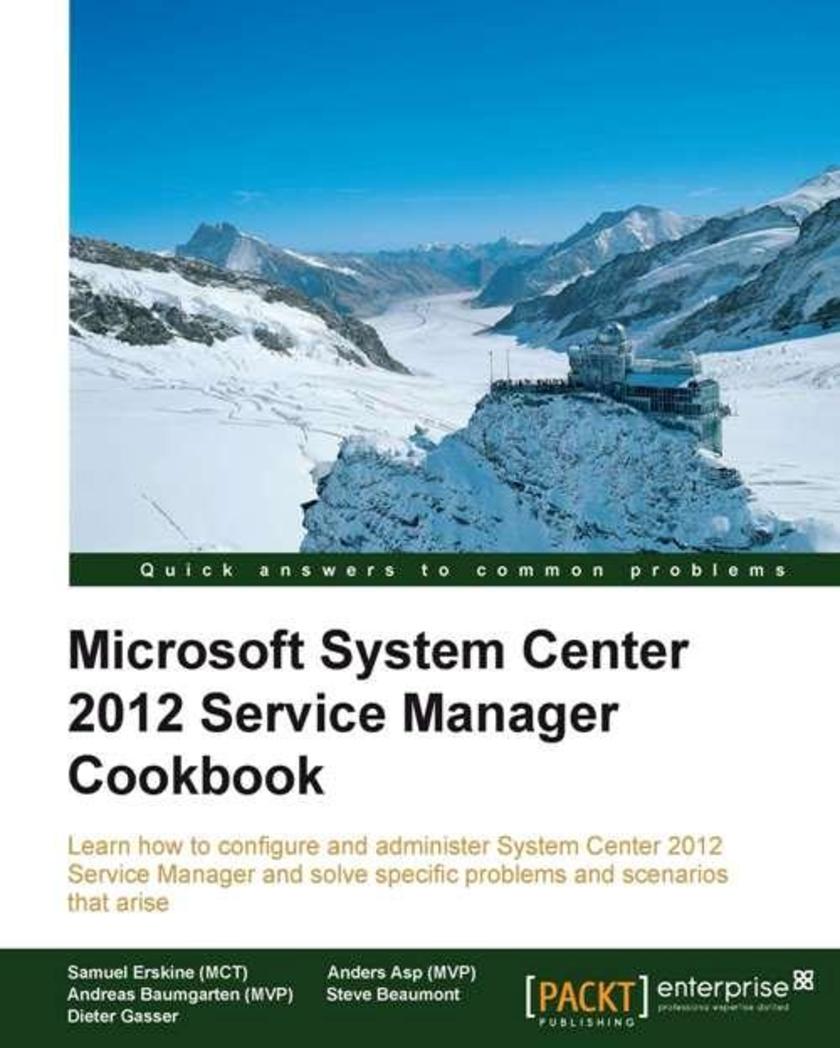
Microsoft System Center Service Manager 2012 Cookbook
¥90.46
This book is written in practical cookbook style and it offers learning through vivid examples and. Each chapter contains step-by-step instructions about everything necessary to execute a particular task. The book is designed so that you can read it from start to end for beginners or just open up any chapter and start following the recipes as a reference for advanced users,This book will be useful to IT professionals including System Center Service Manager administrators who want to configure and administer System Center Service Manager 2012 and understand how to solve specific problems and scenarios that arise while using System Center Service Manager. It will also be useful to users of 2010 in learning new features and capabilities.
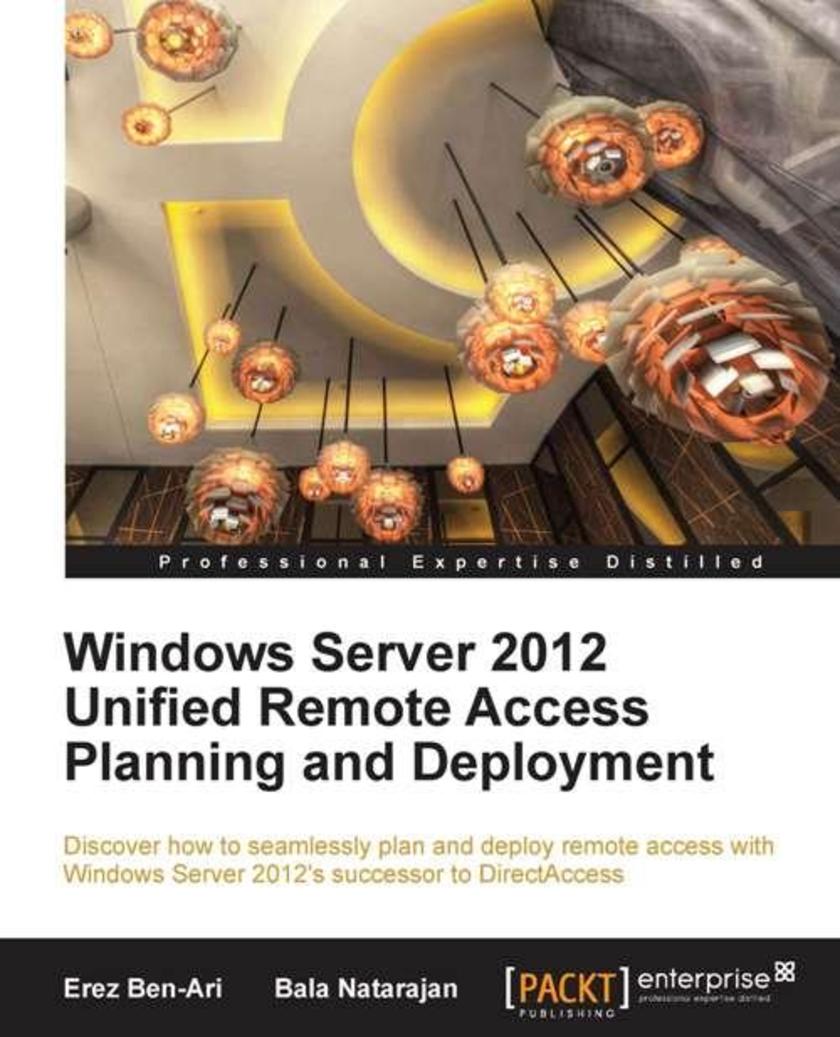
Windows Server 2012 Unified Remote Access
¥90.46
"Windows Server 2012 Unified Remote Access Planning and Deployment" is a quick start tutorial full of step-by-step instructions to guide you through planning and deploying Unified Remote Access; the successor to DirectAccess. If you are a System Administrator or Engineer who has strong knowledge of networking and deployment for the Microsoft family of operating systems and software, then "Windows Server 2012 Unified Remote Access Planning and Deployment" is for you. You should have a sound understanding of TCP/IP networking, as well as deploying and supporting Windows Server and Client operating systems.
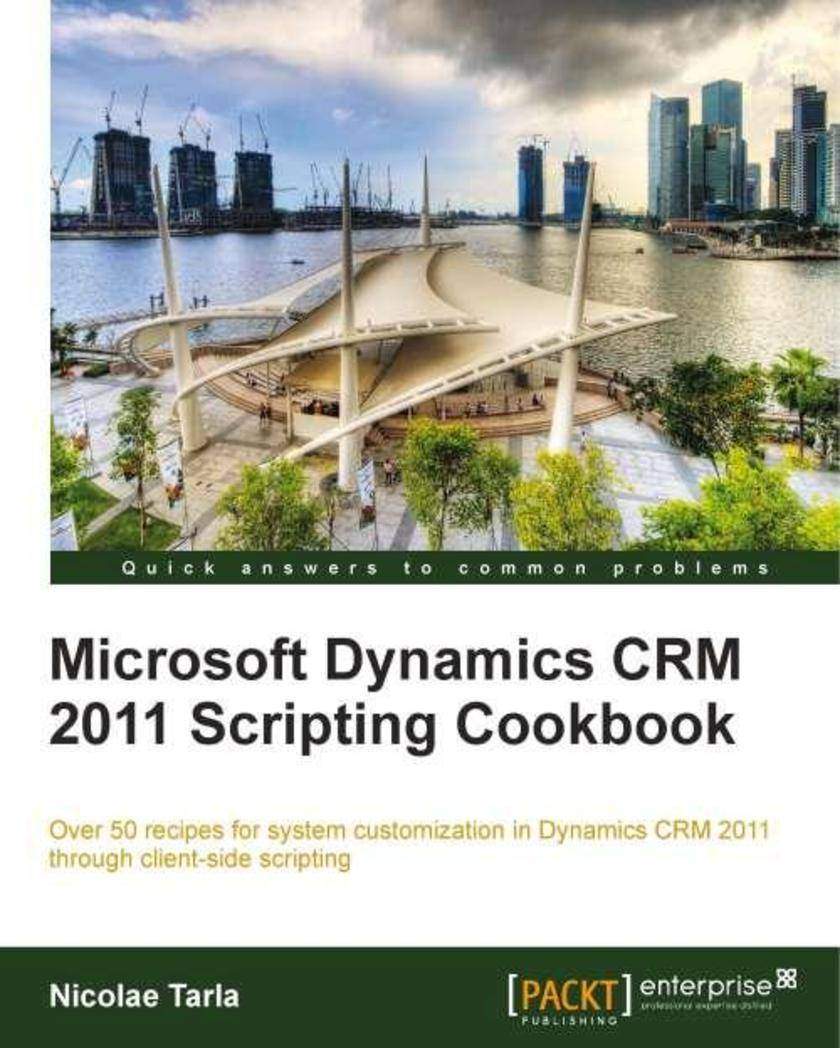
Microsoft Dynamics CRM 2011 Scripting Cookbook
¥90.46
Microsoft Dynamics CRM 2011 Scripting Cookbook is full of immediately useable recipes showing you how far you can take customization in Dynamics. While the book is structured so that each recipe can be tackled separately, for novice users it is recommended to follow through all the recipes in the order in which they are presented. This book is for those new to Dynamics CRM and for business analysts interested in gaining additional product specific knowledge. Stepping through the first chapters will introduce you to the customization process and give you enough knowledge to start looking into more advanced topics. Developers and web designers of another CRM product will see how their skills can be easily adapted to start customizing Dynamics CRM 2011. You should be familiar with the basic concepts of what a CRM system is and does. Additional knowledge of the current or a previous version of Dynamics CRM will help, but is not necessary.
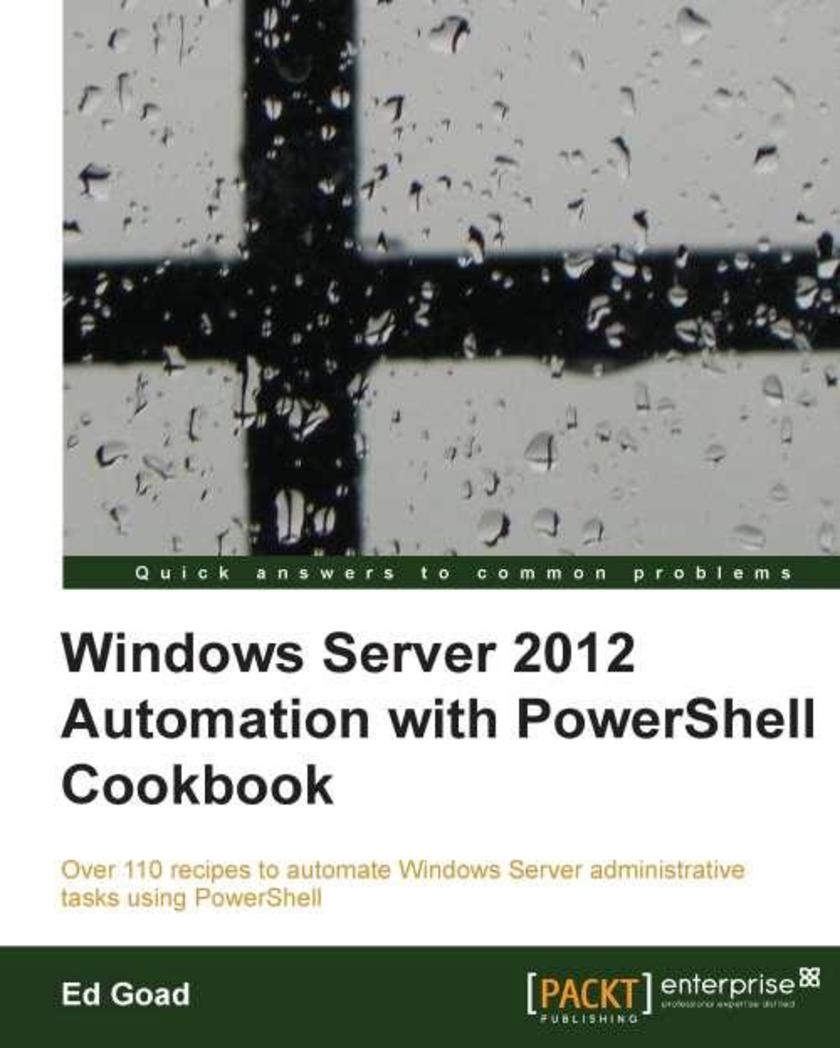
Windows Server 2012 Automation with PowerShell Cookbook
¥90.46
Cookbook with recipes based on real life examples. This book is written to assist the daily tasks for systems administrators, engineers, and architects working with Windows Server 2012.
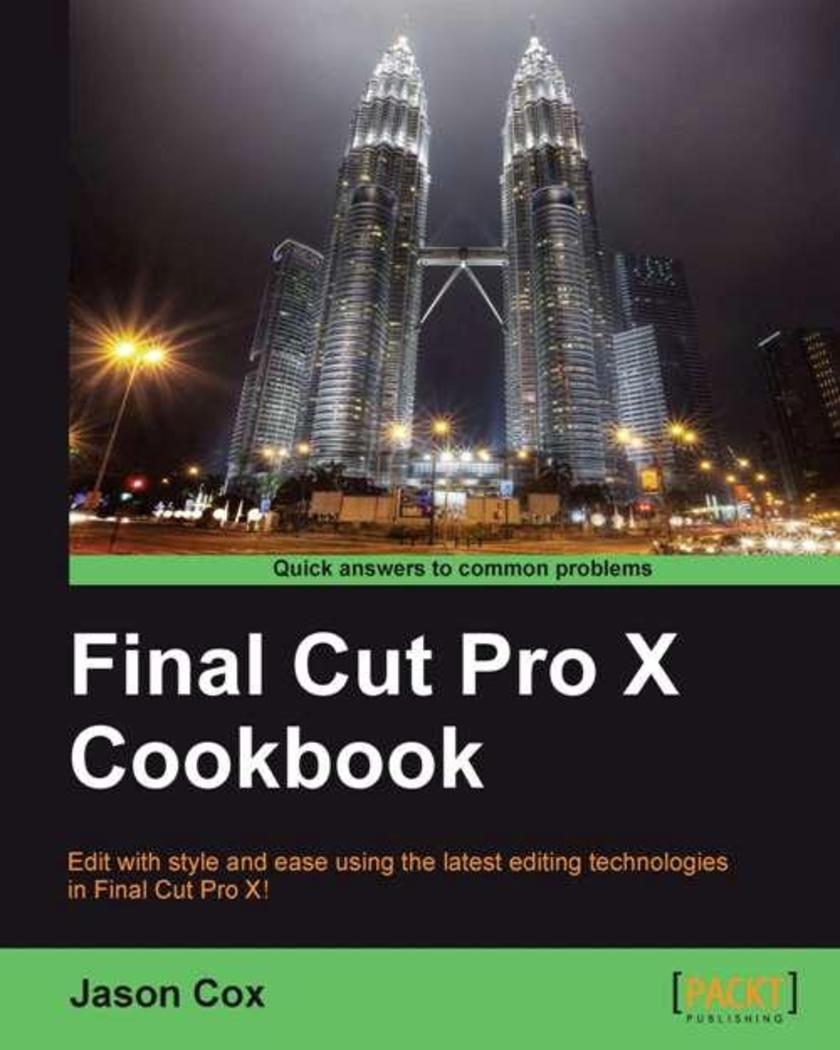
Final Cut Pro X Cookbook
¥90.46
Written in cookbook style, this book offers many recipes to edit slick, professional videos with FCPX. Each recipe contains step-by-step instructions followed by analysis of what was done in each task and other useful information. The book is designed so that you can read it chapter by chapter, or you can look at the list of recipes and refer to them in no particular order. If you’ve been toying around with iMovie and want more power or you’ve taken FCPX for a whirl and simply can’t find the fastest, most efficient workflow, this book will help! Veteran editors will find just as much useful info as FCPX is radically different than its predecessor, Final Cut Pro 7.
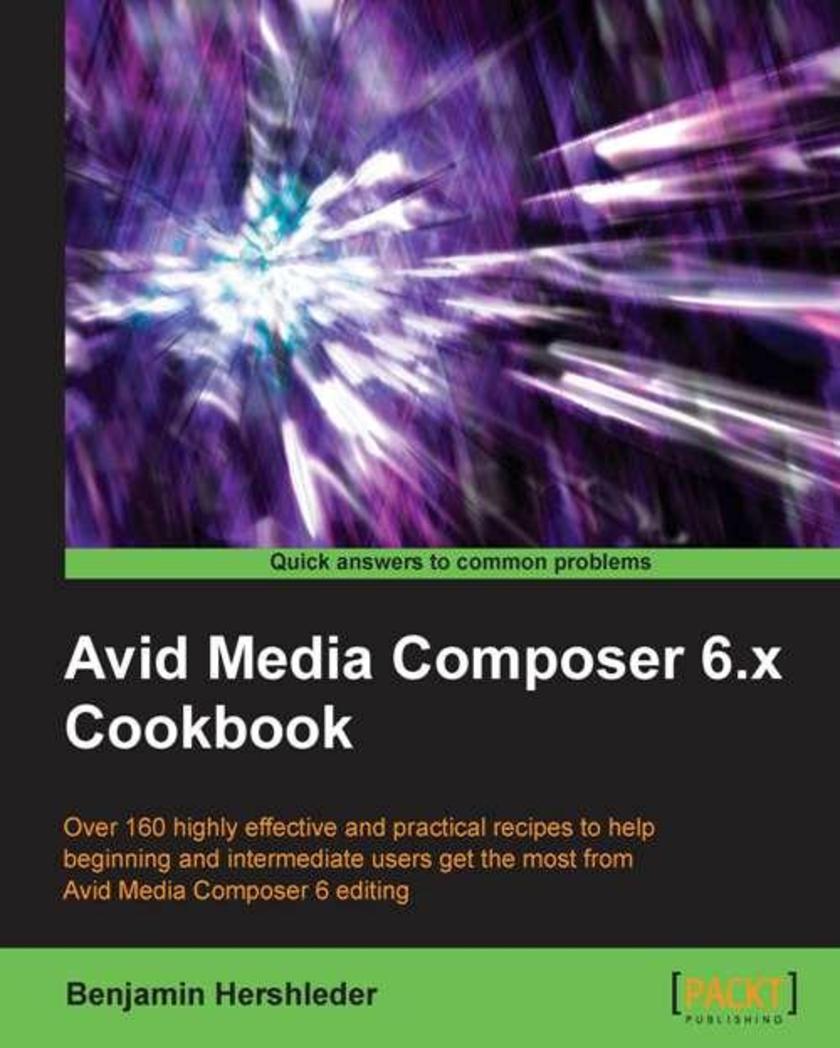
Avid Media Composer 6.x Cookbook
¥90.46
Written in a Cookbook style, it's packed with logically-sequenced recipes to gain deeper understanding of the software. Each recipe contains step-by-step instructions followed by analysis of what was done in each task and other useful information. The book is designed so that you can read it chapter by chapter, or you can look at the list of recipes and refer to them in no particular order. If you are new to editing with Avid, this book will help you get the most out of Avid Media Composer right from the start. Even if you are intermediately experienced with Avid, you will discover new methods and gain a deeper understanding to take your Avid experience to the next level, with greater confidence.

Mastering Adobe Premiere Pro CS6
¥90.46
Designed to be practical and engaging, Mastering Adobe Premiere Pro CS6 is a project-based book to help you truly augment your skills and become a film editing hotshot.If you're just starting out or even migrating from existing video editing software, then this book is for you. With rapid progression through practical examples constructed to be both engaging and useful, Mastering Adobe Premiere Pro CS6 is ideal for learning the sometimes complex workflows of this powerful application.
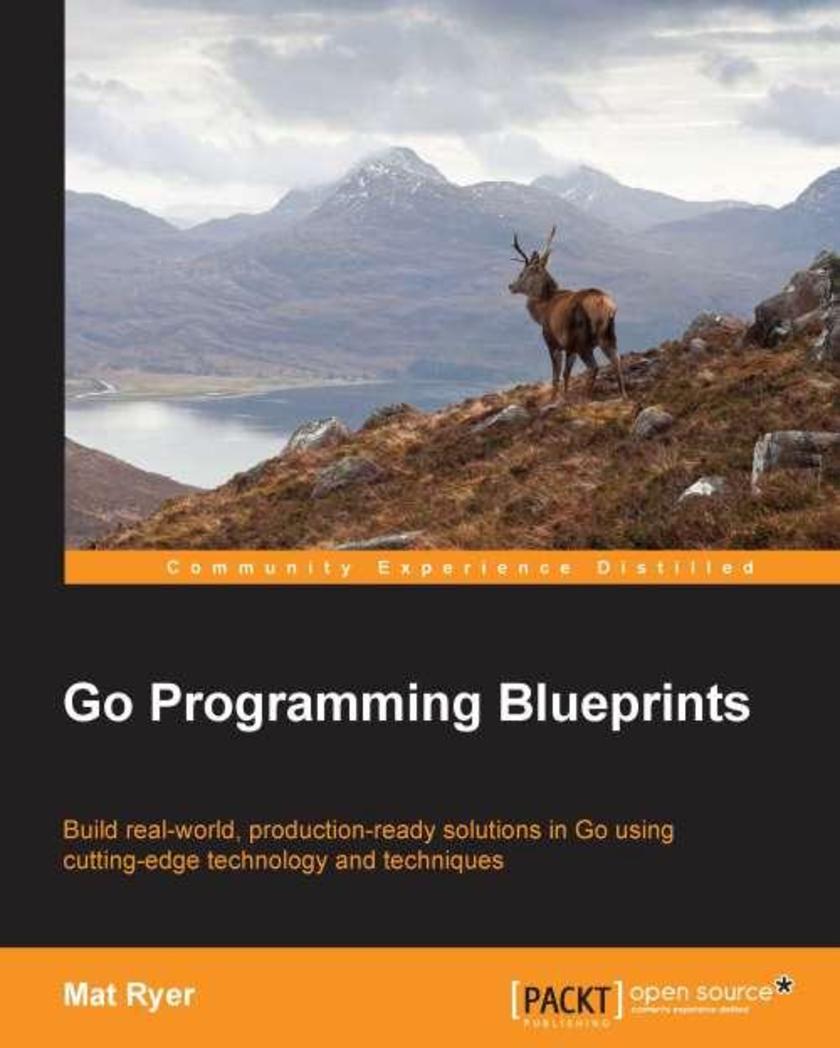
Go Programming Blueprints
¥90.46
Intended for seasoned Go programmers who want to put their expertise in Go to use to solve big, real-world, modern problems. With a basic understanding of channels and goroutines, you will hone your skills to build tools and programs that are quick and simple. You need not be an expert in distributed systems or technologies in order to deliver solutions capable of great scale. It is assumed that you are familiar with the basic concepts of Go.
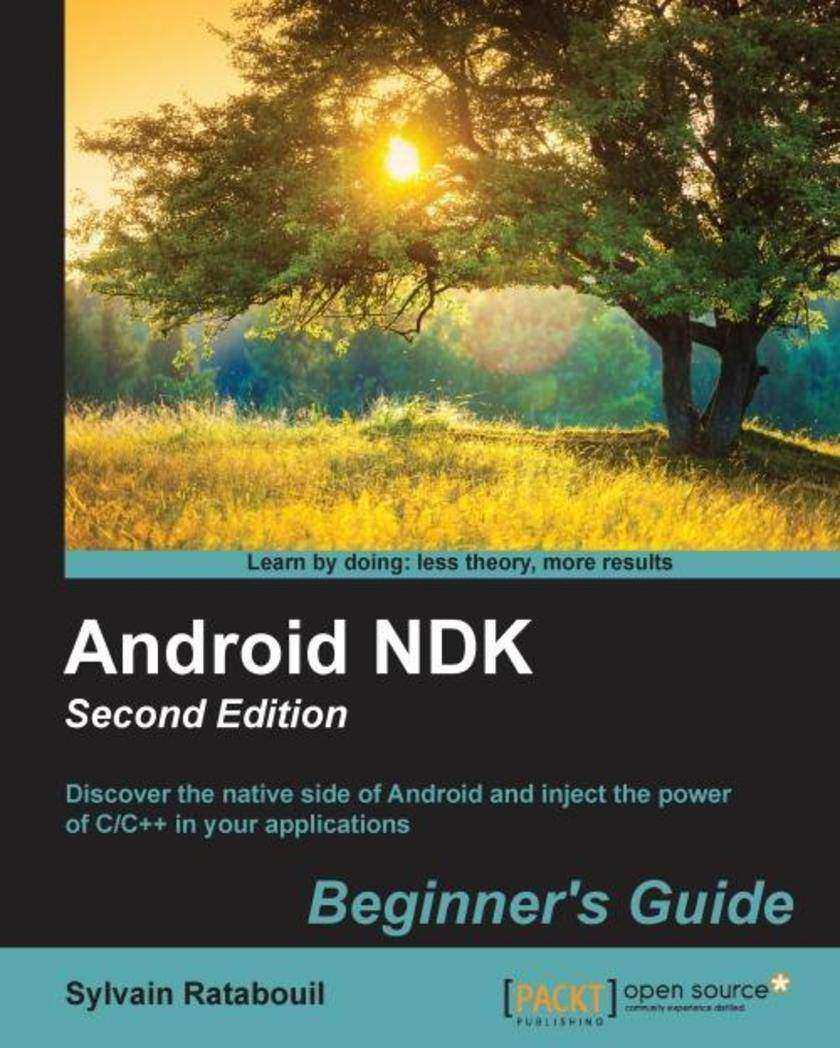
Android NDK: Beginner's Guide - Second Edition
¥90.46
Are you an Android Java programmer who needs more performanceAre you a C/C++ developer who doesn’t want to bother with the complexity of Java and its out-of-control garbage collectorDo you want to create fast intensive multimedia applications or gamesIf you’ve answered yes to any of these questions then this book is for you. With some general knowledge of C/C++ development, you will be able to dive headfirst into native Android development.
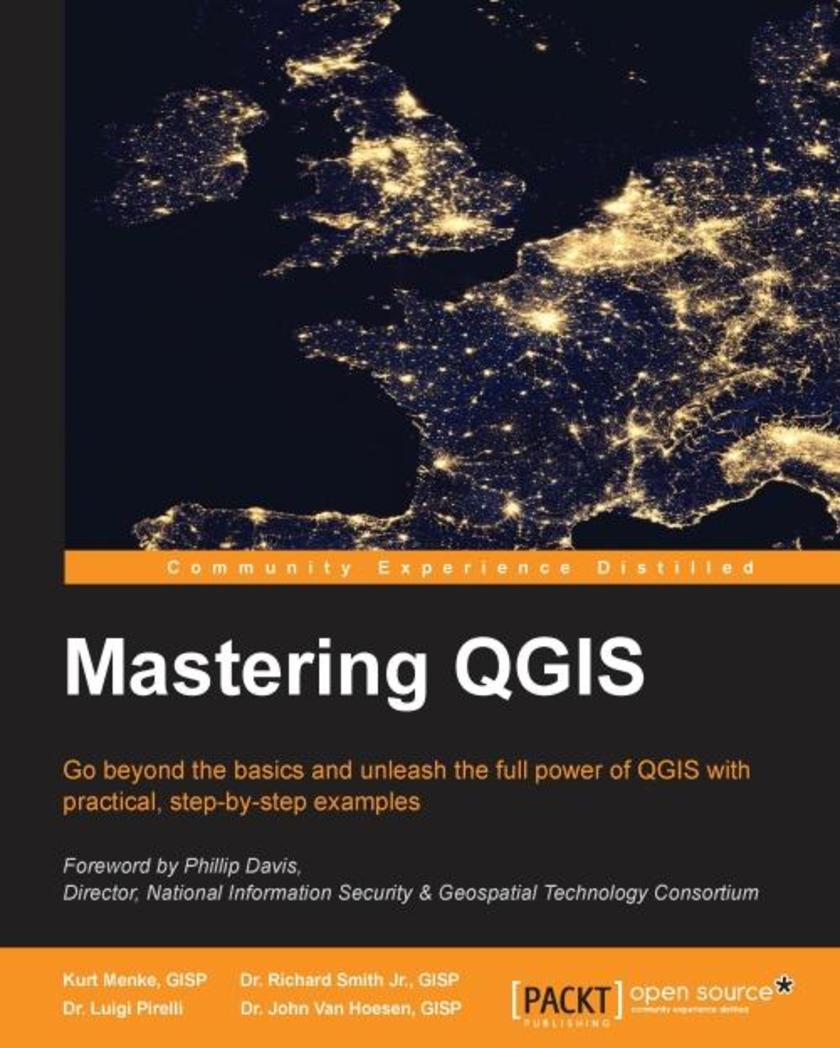
Mastering QGIS
¥90.46
If you are a GIS professional, a consultant, a student, or perhaps a fast learner who wants to go beyond the basics of QGIS, then this book is for you. It will prepare you to realize the full potential of QGIS.
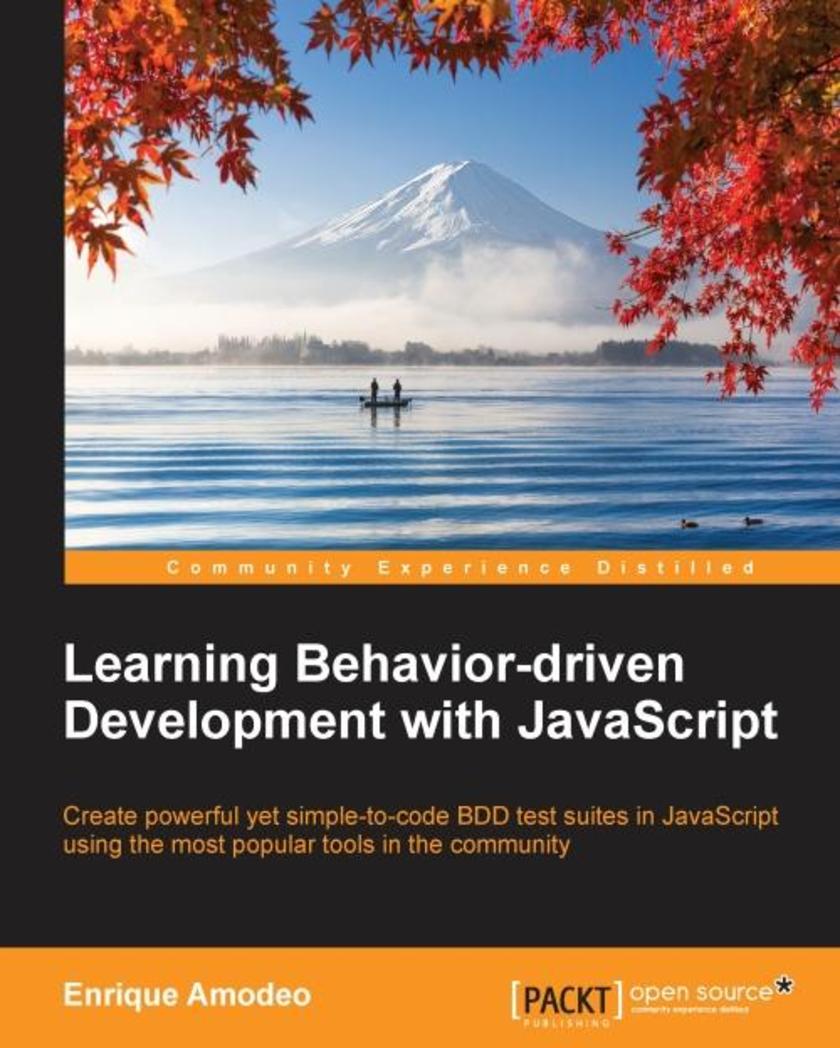
Learning Behavior-driven Development with JavaScript
¥90.46
This book is ideal for any JavaScript developer who is interested in producing well-tested code. If you have no prior experience with testing, Node.js, or any other tool, do not worry, as they will be explained from scratch.
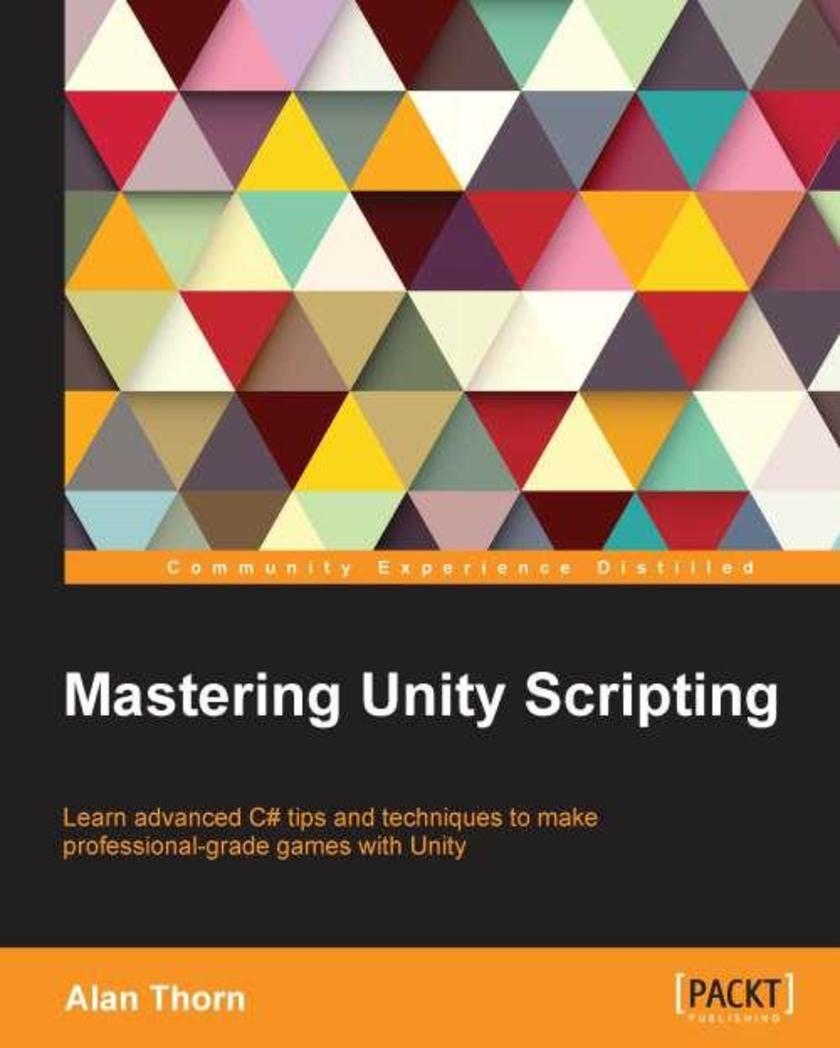
Mastering Unity Scripting
¥90.46
Mastering Unity Scripting is an advanced book intended for students, educators, and professionals familiar with the Unity basics as well as the basics of *ing. Whether you've been using Unity for a short time or are an experienced user, this book has something important and valuable to offer to help you improve your game development workflow.
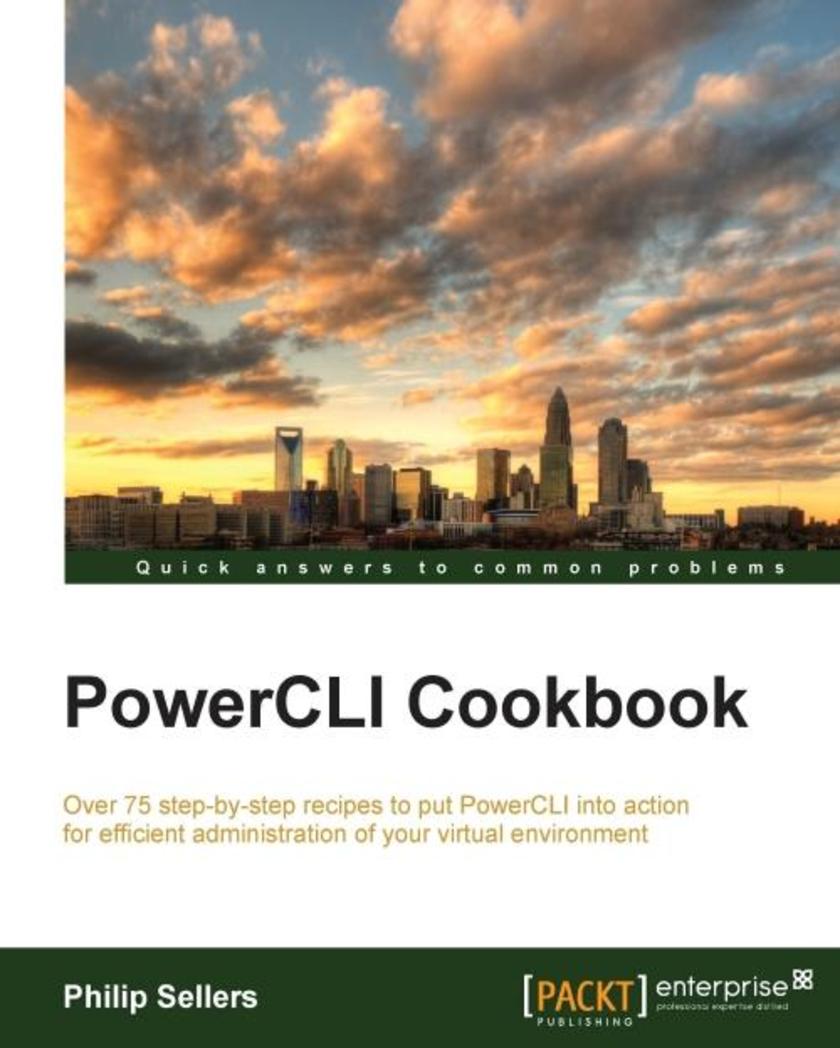
PowerCLI Cookbook
¥90.46
If you are a virtualization professional who wants to unleash the power of automation and combat the complexity of sprawling virtual environments, this book is ideal for you. This book will enhance your skills of administering VMware vSphere and vCloud Director with PowerCLI.
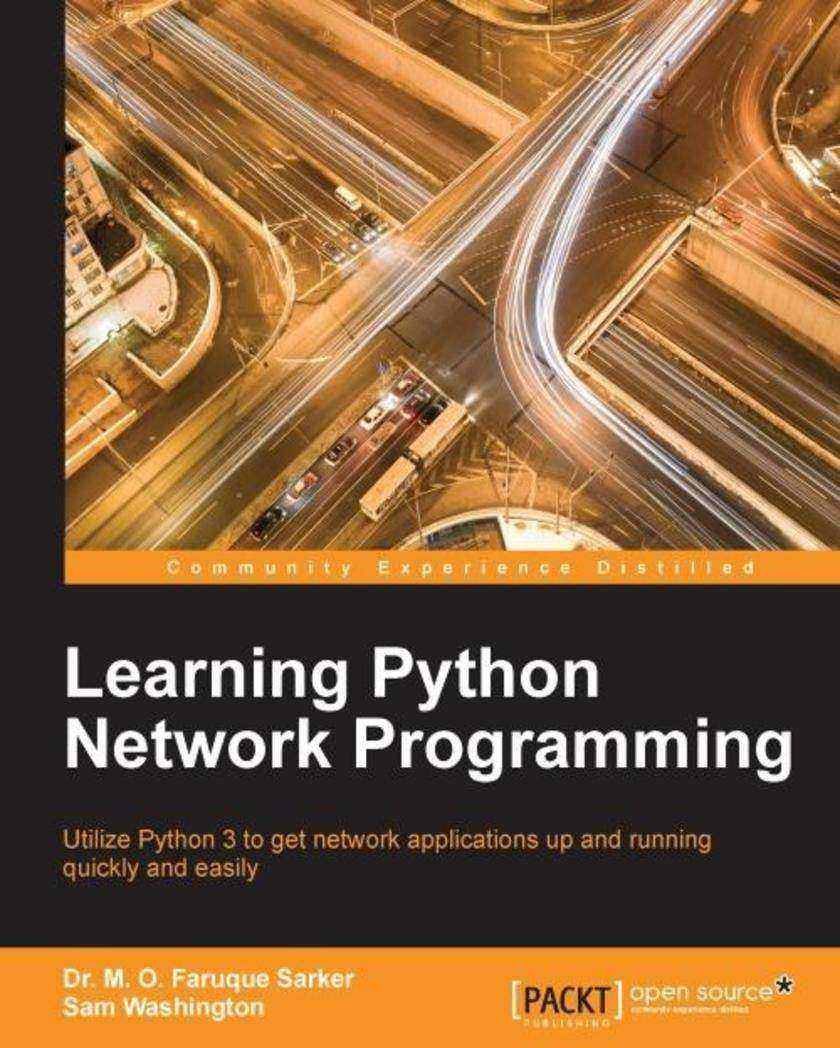
Learning Python Network Programming
¥90.46
If you're a Python developer or a system administrator with Python experience and you're looking to take your first steps in network programming, then this book is for you. Basic knowledge of Python is assumed.
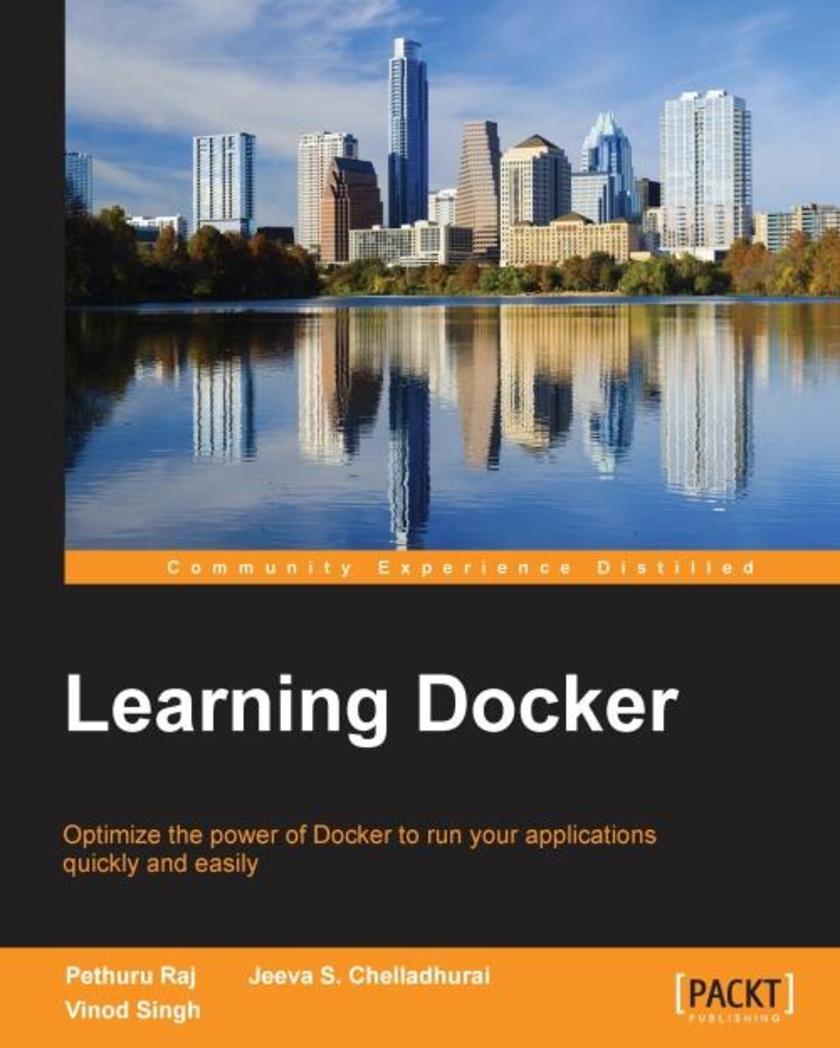
Learning Docker
¥90.46
If you are an application developer who wants to learn Docker in order to utilize its features for application deployment, then this book is for you. No prior knowledge of Docker is required.
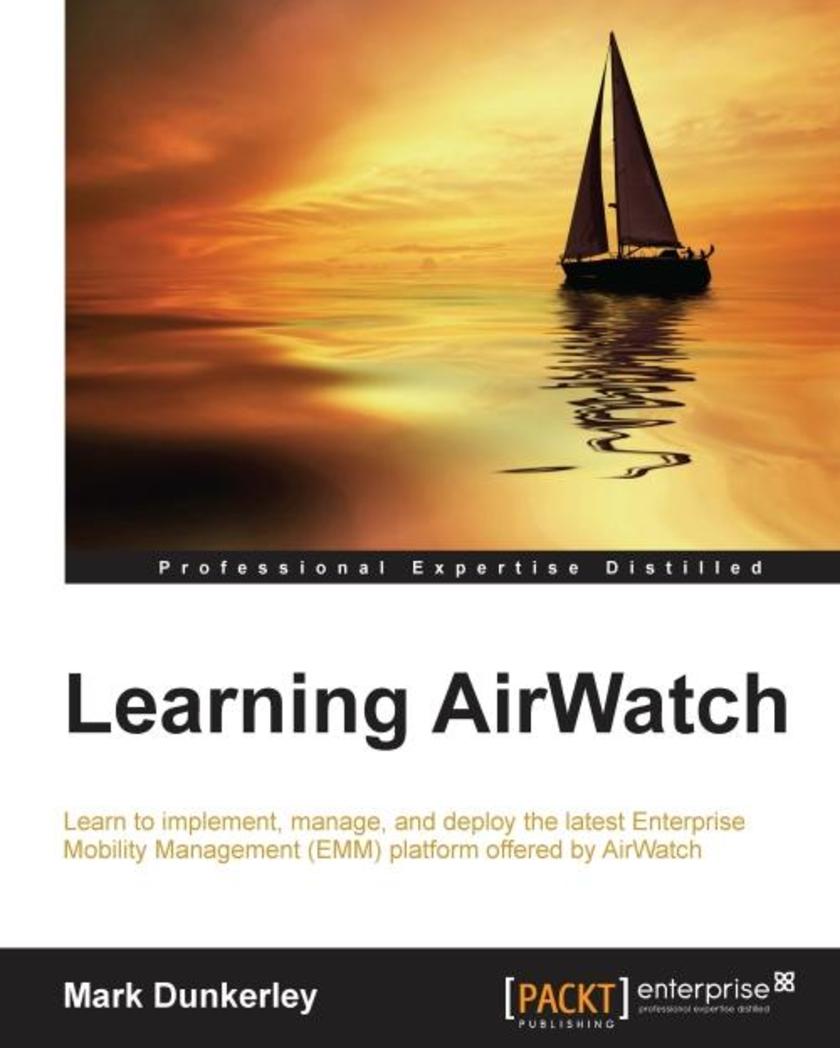
Learning AirWatch
¥90.46
If you are a technical professional who wants to dive deeper into the functionality offered by AirWatch or manage the solution, then this book will help you choose the best set of configuration, device management, and monitoring options that you can use to effectively manage your EMM implementation.




 购物车
购物车 个人中心
个人中心



